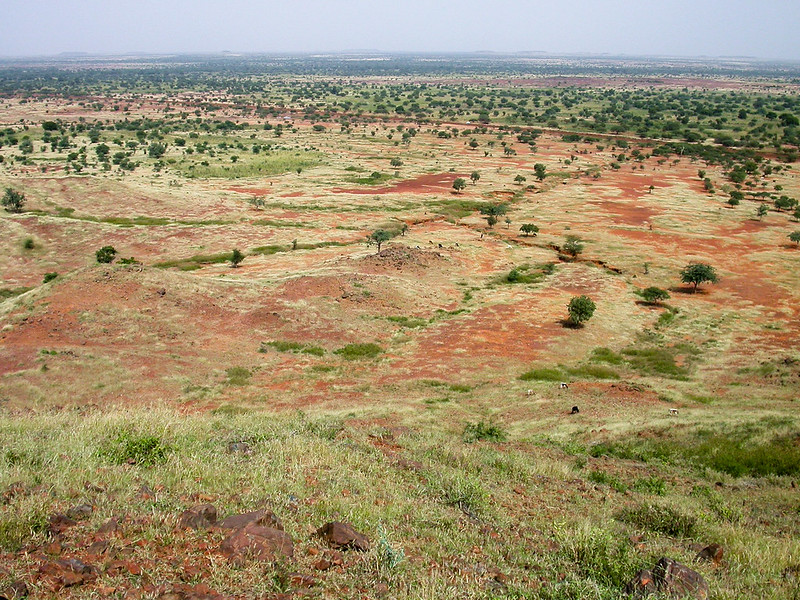Photo by Daniel Tiveau/CIFOR
The shore of North Africa and Europe, the Sahel faces major challenges – demography, migration, climate change – exposing young people to violent extremism.
In this article, PREVEX-researcher Abdoul Wahab Cisse describes the multifaceted Sahel region. It is a Shore of North Africa, gateway to Europe, shore of sub-Saharan Africa, it is the meeting place of black Africa with Arab Africa. A meeting whose history shows that it is marked by diversity, mobility, proselytism, exchanges and trafficking.
The Sahel is also characterised by its vastness, its hostility, its rebellion in the face of any desire for domination and its dangerousness. Today, the Sahel is the scene of clashes between jihadist groups and defence and security forces. This conflict is feeding on a series of challenges facing the region.
Development policies pursued so far have not succeeded in creating wealth for populations, especially rural populations. Demographic pressure is making the urgency of education and employment very acute. And climate change is exacerbating competition for access and grabbing of natural resources. All of these challenges are sometimes referred to as the “Sahelian trap” with concerns that Mali and Burkina Faso may become the next Somalia and Afghanistan. However, and fortunately, mediations undertaken by local or international actors succeed in obtaining agreements and pacts between various belligerent local communities, building resilience in the face of expected fragility.




